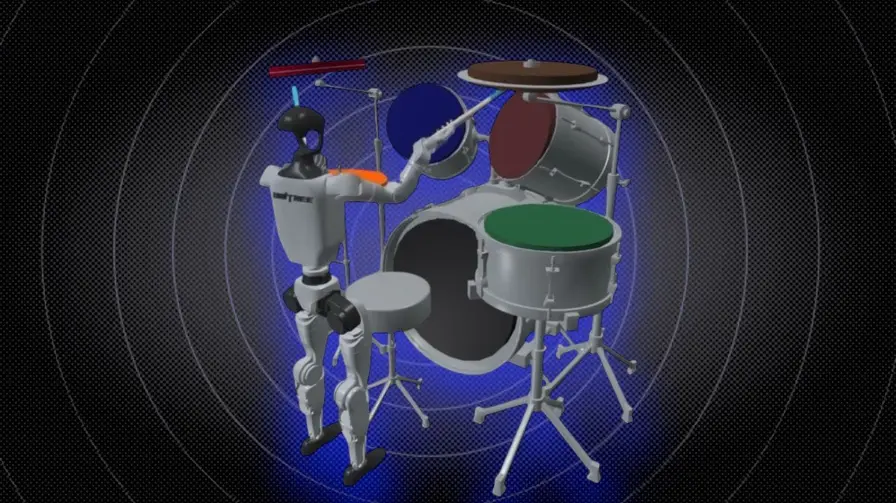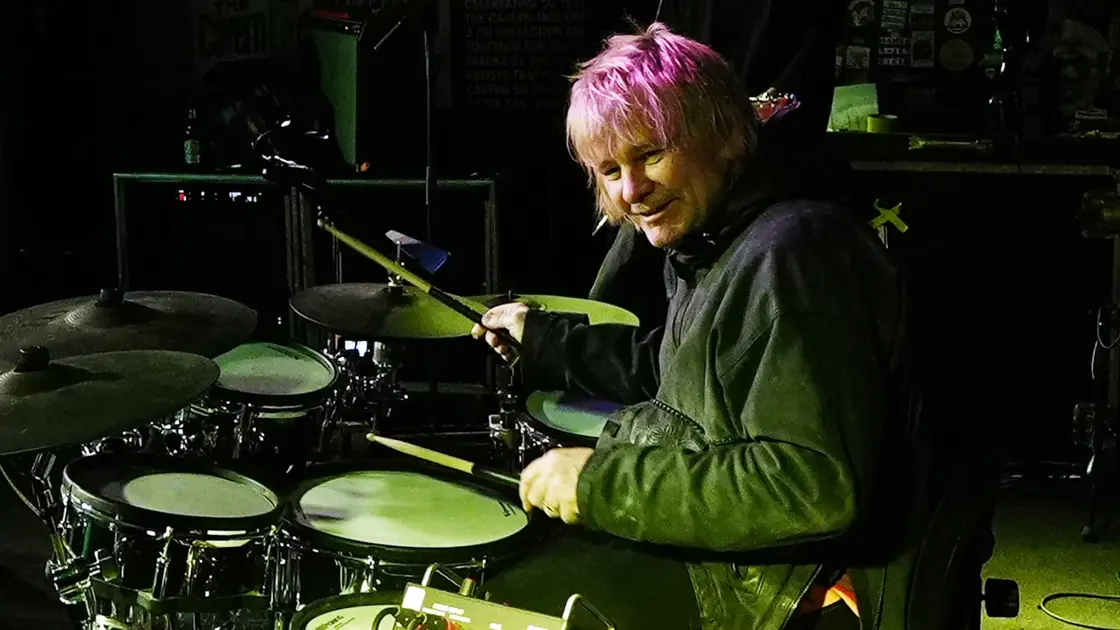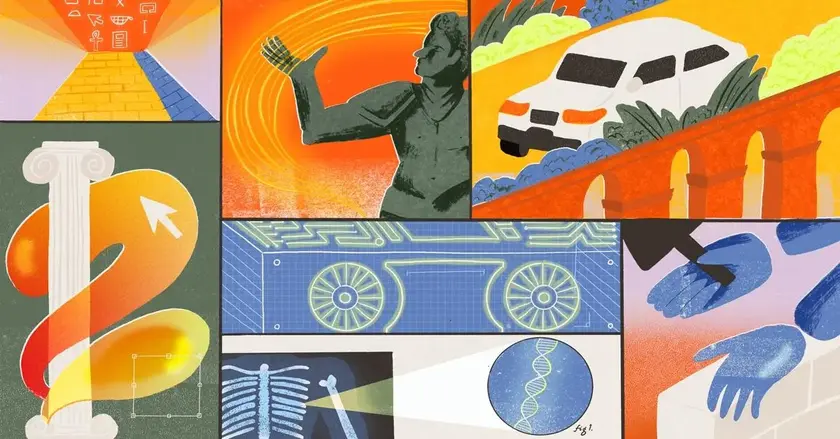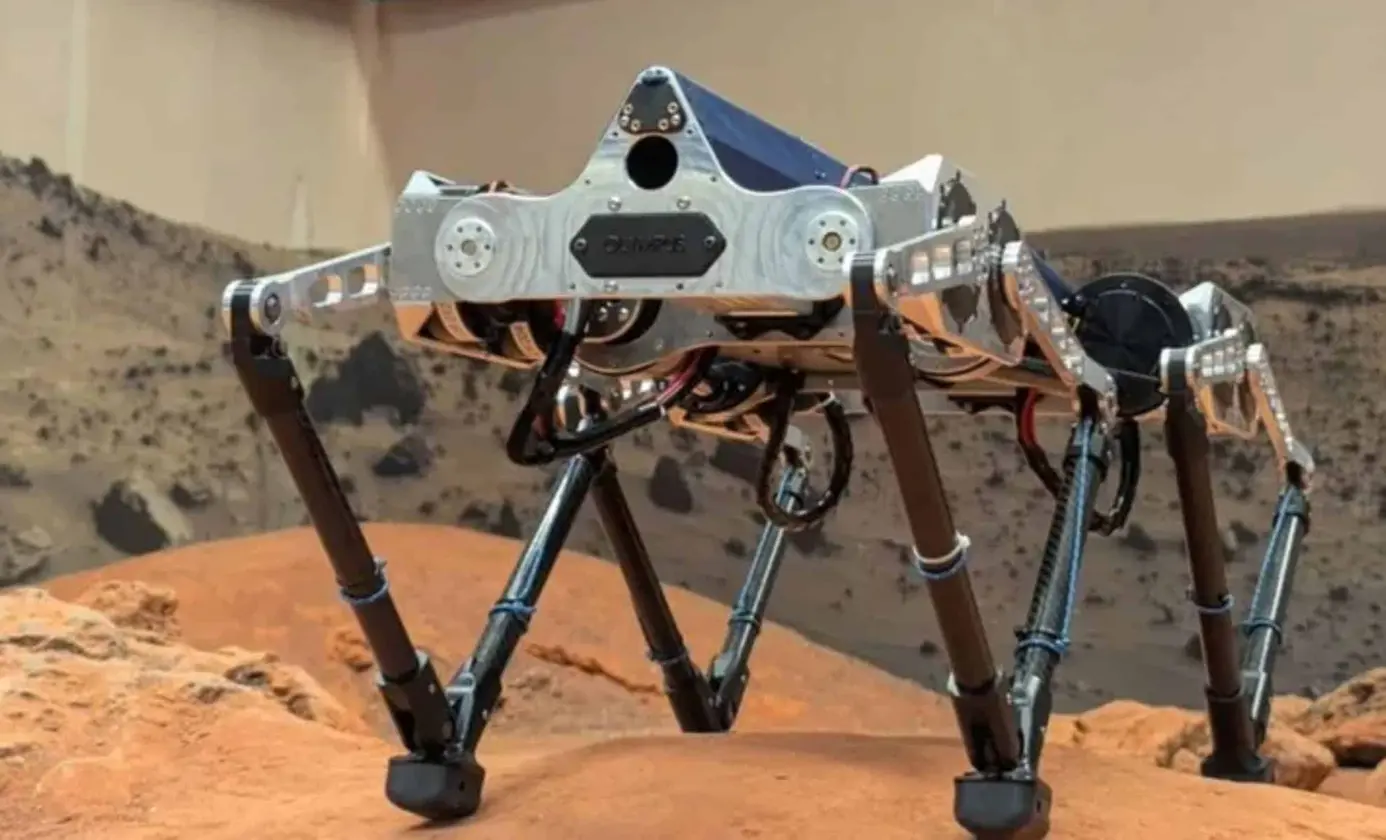T4K3.news
Robot Drummer shows human like drumming timing
A humanoid robot learns expressive drumming through simulation and aims to perform with live bands in the future.

Researchers show Robot Drummer, a humanoid robot learning drum timing and expressiveness through reinforcement learning.
Robotic Drummer Demonstrates Human Like Drumming Abilities
Researchers from SUPSI, IDSIA and Politecnico di Milano introduced Robot Drummer, a humanoid robot designed to play the drums with accuracy and expressive timing using a reinforcement learning algorithm. The system was evaluated in simulation on the G1 Unitree robot and successfully performed real tracks across genres, including In the End by Linkin Park, Take Five by Dave Brubeck, and Living on a Prayer by Bon Jovi. The study reports rhythmic precision often above 90 percent and notes that the robot developed human like strategies such as planning upcoming strikes, crossing arms to reach different drums, and optimizing movement across the kit.
The team explains that the robot represents each piece of music as a chain of precisely timed contact events, called rhythmic contact chains, which tell the robot which drums to strike and when. The robot learns by practicing in a simulated environment and can adapt its behavior to the rhythm. The researchers plan to transfer the learned skills to real hardware and later enable improvisation and response to musical cues rather than following a fixed drum sheet.
Key Takeaways
"The key idea is that we represent each piece of music as a chain of precisely timed contact events"
Method explanation
"These contact goals tell the robot which drums to strike and when"
Mechanics of control
"More impressively, the robot discovered human like strategies, such as planning for upcoming strikes"
Observed behaviors
"In the long term Robot Drummer could pave the way for robotic performers to accompany live bands on stage"
Future prospects
This milestone signals a shift in robotics toward creative and performative tasks, not just practical support. It raises questions about how audiences will respond to machines on stage and whether these performances will feel authentic. The work also highlights the gap between simulation and real world use, a gap that must be bridged before robots can safely perform live.
If Robot Drummer moves to real hardware and on stage, it could reconfigure collaboration between humans and machines in music. That potential comes with risks, including safety on stage, intellectual property for programmed performances, and possible disruption to human performers. The conversation around where creativity ends and algorithmic control begins will intensify as these systems mature.
Highlights
- Rhythmic rewards teach a robot to groove
- Robots learning to improvise on stage could redefine live music
- Timing is trained not programmed
- A drum kit becomes a classroom for intelligent motion
Potential public reaction and industry impact
The rise of robot performers could shift audience expectations and affect the livelihoods of some musicians. Public reception, safety on stage, and investment in this technology will determine how quickly real world deployment occurs.
The next stage will reveal how audiences respond to real world robotic performances and whether this tech reshapes workshop and stage dynamics.
Enjoyed this? Let your friends know!
Related News

Drummer changes spark global music drama

AI advancements draw comparisons to ancient wonders

Wolves Revive Yellowstone Forests

Tesla robotaxi expansion raises safety concerns

Zak Starkey shares regret after turning down Black Sabbath offer

Dinosaur Movies and Documentaries Explore Our Fascination

Olympus Sets Pace for Mars Exploration

Roger Daltrey accuses Zak Starkey of character assassination
